Home>Gardening & Outdoor>Outdoor Structures>What Is The Difference Between A Pergola And A Trellis?
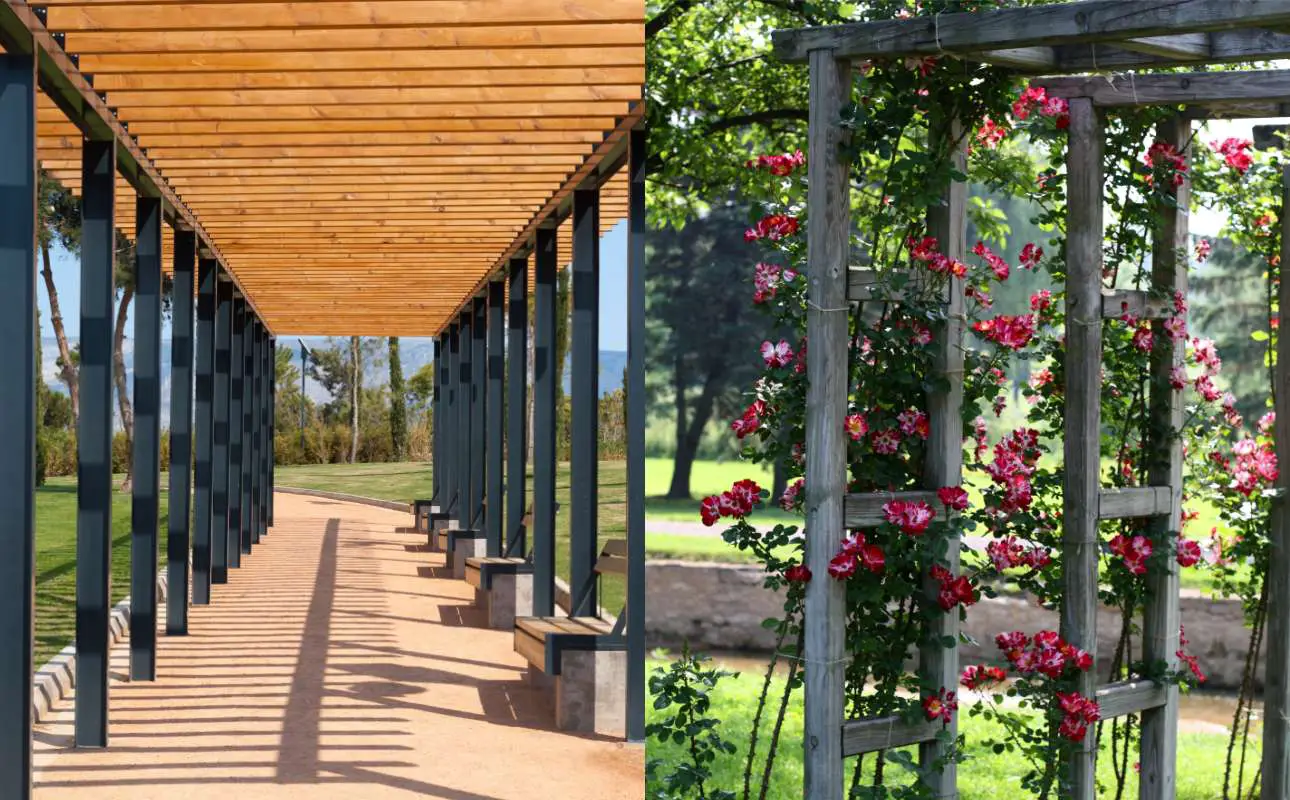

Outdoor Structures
What Is The Difference Between A Pergola And A Trellis?
Modified: October 31, 2024
Discover the key distinctions between pergolas and trellises to enhance your outdoor space. Learn how these outdoor structures can elevate your garden design.
(Many of the links in this article redirect to a specific reviewed product. Your purchase of these products through affiliate links helps to generate commission for Storables.com, at no extra cost. Learn more)
**
Introduction
**
When it comes to enhancing outdoor spaces, pergolas and trellises are two popular options that can add charm, functionality, and visual interest to gardens, patios, and other outdoor areas. While both structures serve decorative and functional purposes, they have distinct differences in terms of design, construction, and function. Understanding the disparities between pergolas and trellises can help homeowners make informed decisions when planning their outdoor living spaces. In this article, we will delve into the defining characteristics of pergolas and trellises, exploring their design, purpose, and materials to shed light on the unique attributes of each structure. Whether you are considering adding one of these features to your backyard or simply want to expand your knowledge of outdoor structures, this exploration will provide valuable insights into the world of pergolas and trellises.
Key Takeaways:
- Pergolas provide sheltered areas for outdoor dining and relaxation, while trellises support climbing plants and add natural beauty to outdoor spaces. Both structures offer unique ways to personalize and enhance outdoor living areas.
- Understanding the differences between pergolas and trellises helps homeowners make informed decisions to create inviting outdoor retreats that harmonize with their design preferences and serve practical purposes.
Definition of Pergolas and Trellises
Before delving into the specific characteristics of pergolas and trellises, it’s essential to understand the fundamental definitions of these outdoor structures.
Pergola:
A pergola is an outdoor architectural feature that forms a shaded passageway, walkway, or sitting area typically composed of vertical posts or pillars that support cross-beams and a durable open lattice, often upon which woody vines are trained. Pergolas can be attached to a building or stand freely within a garden, serving as an inviting focal point for outdoor gatherings or as a tranquil retreat for relaxation.
Trellis:
On the other hand, a trellis is a framework of light wooden or metal bars, chiefly used as a support for fruit trees or climbing plants. Trellises are often wall-mounted or freestanding structures that provide a framework for climbing plants such as roses, ivy, or grapevines. They can serve as decorative garden features, privacy screens, or functional elements for cultivating vertical gardens.
While both pergolas and trellises offer architectural interest and can support climbing plants, their structural designs and primary functions set them apart in outdoor landscaping and design.
Design and Structure
One of the key distinctions between pergolas and trellises lies in their design and structural composition.
Pergola Design:
Pergolas are characterized by their sturdy vertical posts or pillars that support cross-beams, forming an open lattice roof. The structure of a pergola can vary from simple, clean lines to more ornate designs, depending on the homeowner’s aesthetic preferences and the architectural style of the surrounding environment. Pergolas can be freestanding or attached to a building, providing an inviting space for outdoor dining, relaxation, or social gatherings. The open lattice roof of a pergola allows for filtered sunlight, creating a dappled shade that enhances the ambiance of the outdoor living area.
Trellis Design:
In contrast, trellises are typically simpler in structure, consisting of a framework of horizontal and vertical bars that form a grid-like pattern. While pergolas often have a solid roof, trellises are designed to support climbing plants, offering a framework for greenery to flourish vertically. Trellises can be wall-mounted or freestanding, serving as decorative elements in gardens, providing privacy screening, or functioning as supports for climbing plants and vines.
Both pergolas and trellises contribute to the aesthetic appeal of outdoor spaces, but their distinct designs cater to different functional and decorative purposes, allowing homeowners to personalize their outdoor environments according to their specific needs and preferences.
A pergola is a freestanding structure with a roof, while a trellis is a latticework used for climbing plants. Pergolas provide more shade and can be used as outdoor rooms, while trellises are mainly for plant support.
Function and Purpose
The function and purpose of pergolas and trellises play a significant role in shaping outdoor spaces and serving the needs of homeowners and garden enthusiasts.
Pergola Function and Purpose:
Pergolas are versatile outdoor structures that serve multiple functions, making them popular additions to residential landscapes. Their open design provides a sense of enclosure while maintaining an airy and open feel. Pergolas create defined outdoor living spaces, offering a sheltered area for dining, entertaining, or relaxation. They can also serve as transitional elements, connecting different sections of a garden or providing a welcoming entrance to a backyard. Additionally, pergolas can support outdoor lighting, ceiling fans, and fabric canopies, enhancing their functionality and comfort, especially during warm weather.
Trellis Function and Purpose:
While trellises share the ability to enhance outdoor aesthetics, their primary function revolves around supporting climbing plants and vines. By providing a framework for plants to grow vertically, trellises contribute to vertical gardening, space optimization, and the creation of living privacy screens. Trellises can also be used to define garden boundaries, conceal unsightly structures, or add visual interest to blank walls. Whether serving as a standalone garden feature or integrated into landscaping designs, trellises offer a practical solution for maximizing greenery in limited spaces and adding natural beauty to outdoor environments.
Understanding the distinct functions and purposes of pergolas and trellises enables homeowners to select the most suitable structure based on their specific outdoor design goals, lifestyle preferences, and landscaping needs.
Materials and Construction
The choice of materials and construction methods significantly influences the durability, aesthetics, and maintenance requirements of pergolas and trellises.
Pergola Materials and Construction:
Pergolas are commonly constructed using a variety of materials, including wood, metal, vinyl, and composite materials. Wood, such as cedar or redwood, is a popular choice for its natural beauty, durability, and versatility. Metal pergolas, often made of aluminum or steel, offer strength and a modern aesthetic. Vinyl and composite pergolas provide low-maintenance options with the look of wood. The construction of a pergola involves setting vertical posts or attaching them to an existing structure, installing cross-beams, and adding an open lattice roof. The choice of materials and construction techniques can impact the overall appearance, structural integrity, and longevity of the pergola.
Trellis Materials and Construction:
Similar to pergolas, trellises can be crafted from various materials, including wood, metal, vinyl, and recycled plastic. Wood trellises, such as those made from cedar, offer natural beauty and blend seamlessly with garden surroundings. Metal trellises provide durability and a contemporary look, while vinyl and recycled plastic options offer low-maintenance solutions. The construction of a trellis involves assembling horizontal and vertical bars to create a grid-like framework, which can be wall-mounted or freestanding. The choice of materials and construction methods influences the trellis’s ability to support climbing plants, withstand environmental elements, and complement the overall garden design.
By understanding the diverse materials and construction techniques available for pergolas and trellises, homeowners can make informed decisions based on their preferences for aesthetics, maintenance, and long-term performance in outdoor settings.
Conclusion
As we conclude our exploration of pergolas and trellises, it becomes evident that these outdoor structures offer unique contributions to the design, functionality, and ambiance of outdoor living spaces. Pergolas, with their sturdy posts, open lattice roofs, and versatile applications, provide sheltered areas for outdoor dining, relaxation, and social gatherings. Their architectural presence adds character and definition to gardens, patios, and other outdoor settings, enhancing the overall appeal of the landscape.
On the other hand, trellises, with their grid-like frameworks and climbing plant support, serve as decorative elements, privacy screens, and vertical gardening solutions. Their ability to foster the growth of climbing plants and vines adds natural beauty and greenery to outdoor environments, transforming blank walls and fences into vibrant showcases of foliage and blooms.
While pergolas and trellises share the common feature of supporting climbing plants, their distinct designs, functions, and construction materials offer homeowners a range of options to personalize their outdoor spaces according to their preferences and practical needs. Whether creating an inviting outdoor retreat with a pergola or adding vertical interest with a trellis, these structures contribute to the visual appeal, functionality, and enjoyment of outdoor living areas.
By understanding the differences between pergolas and trellises, individuals can make informed decisions when planning and enhancing their outdoor landscapes, ensuring that these structures harmonize with the overall design, serve practical purposes, and create inviting outdoor environments for relaxation, entertainment, and appreciation of nature’s beauty.
Ultimately, the choice between a pergola and a trellis depends on the specific goals, aesthetic preferences, and functional requirements of the homeowner, each offering its own unique charm and potential for transforming outdoor spaces into captivating retreats.
Frequently Asked Questions about What Is The Difference Between A Pergola And A Trellis?
Was this page helpful?
At Storables.com, we guarantee accurate and reliable information. Our content, validated by Expert Board Contributors, is crafted following stringent Editorial Policies. We're committed to providing you with well-researched, expert-backed insights for all your informational needs.
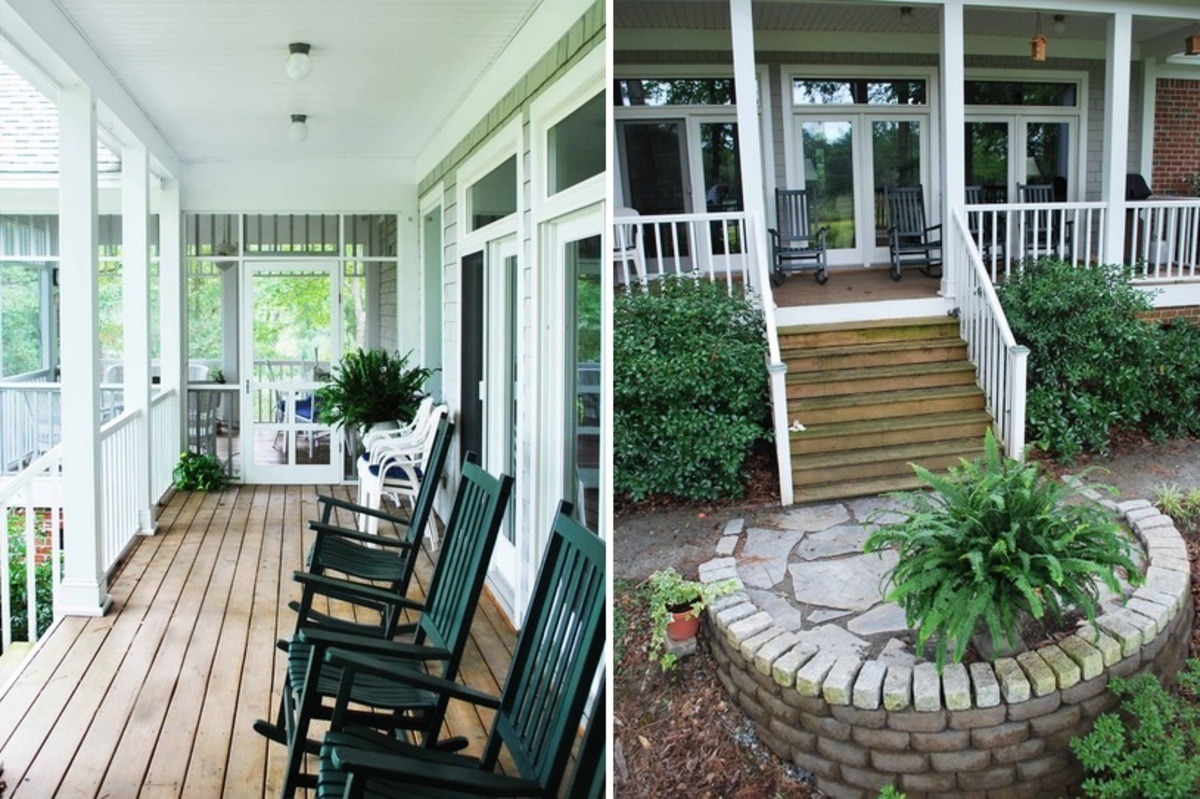

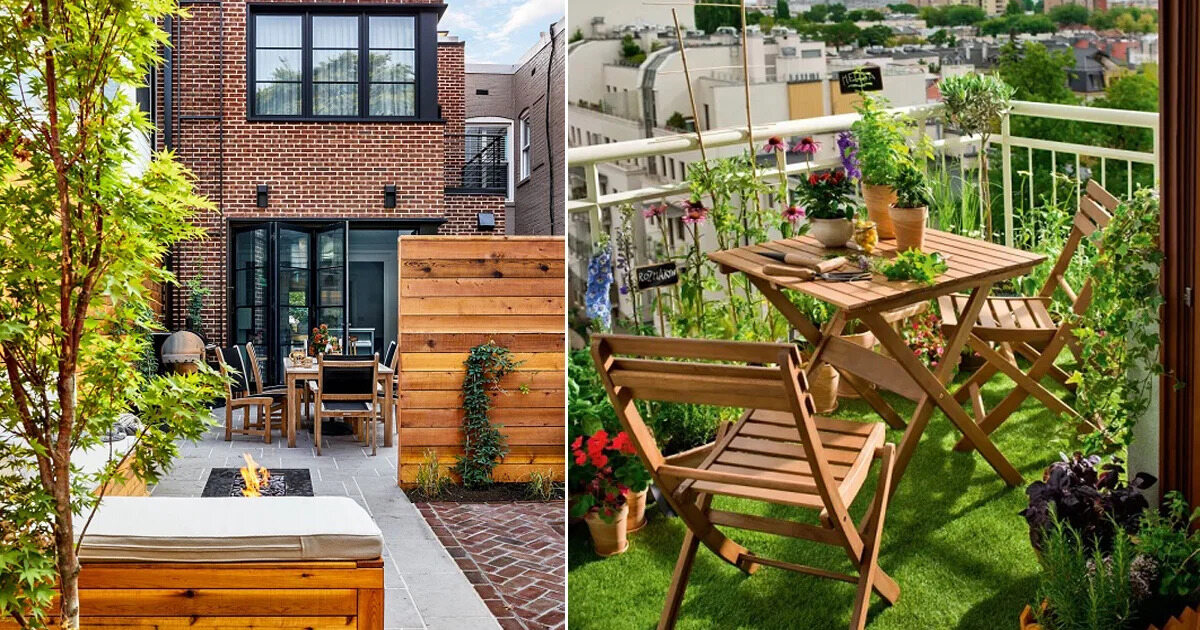
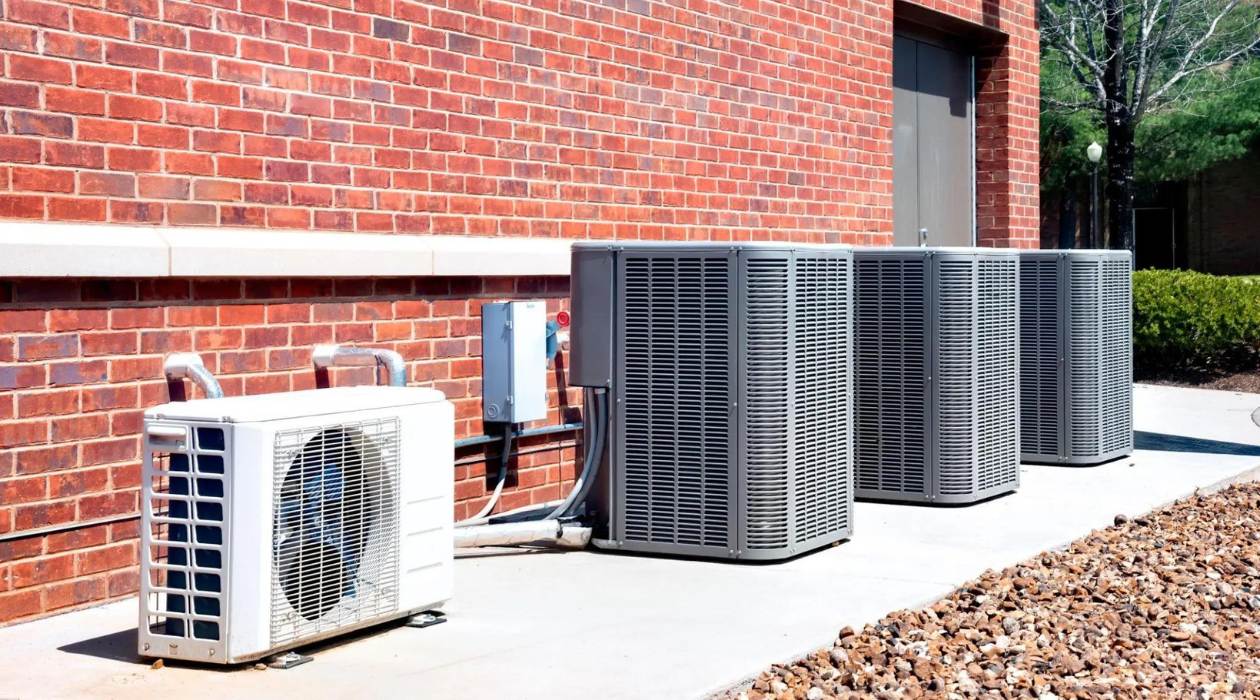
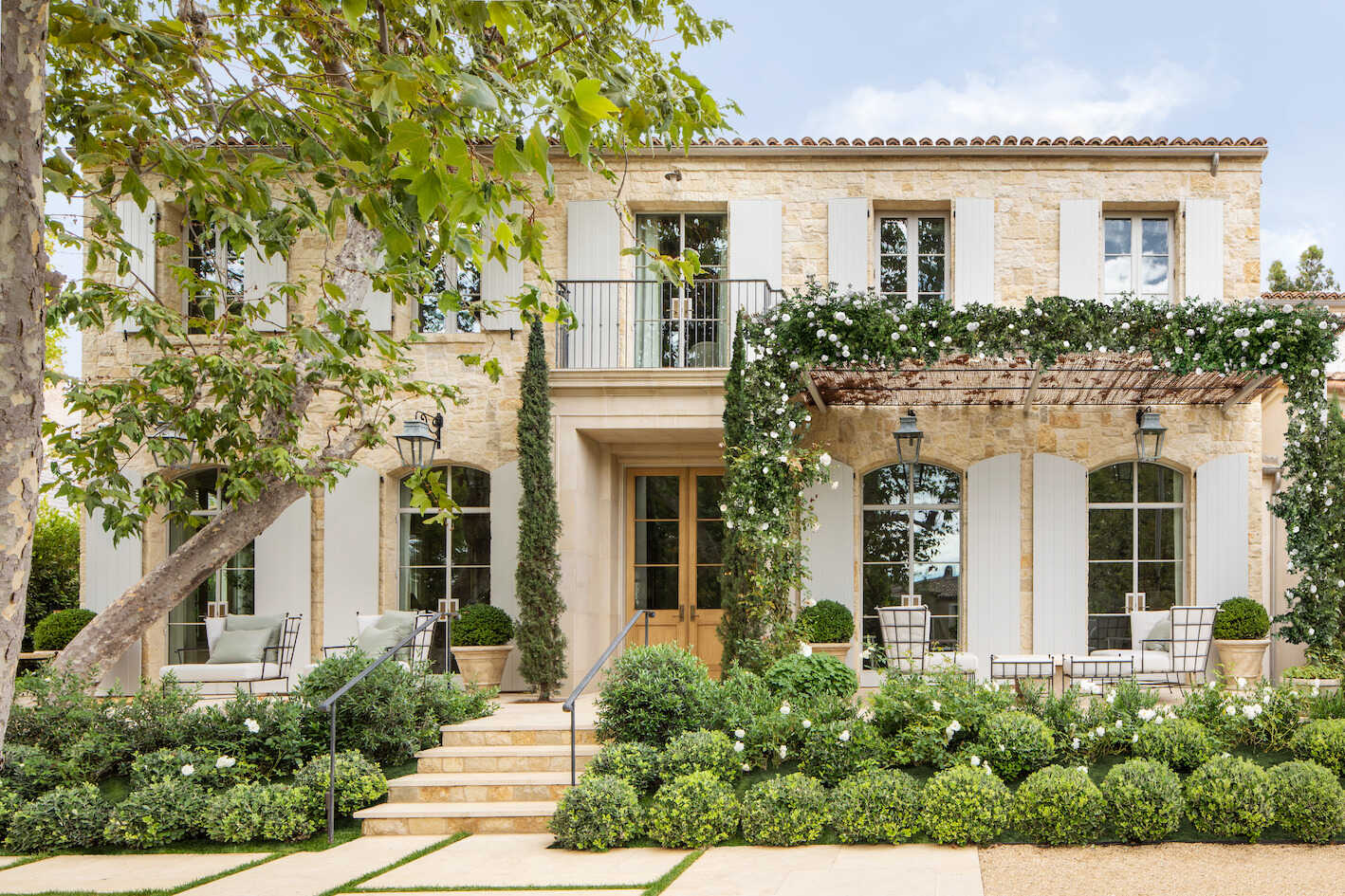
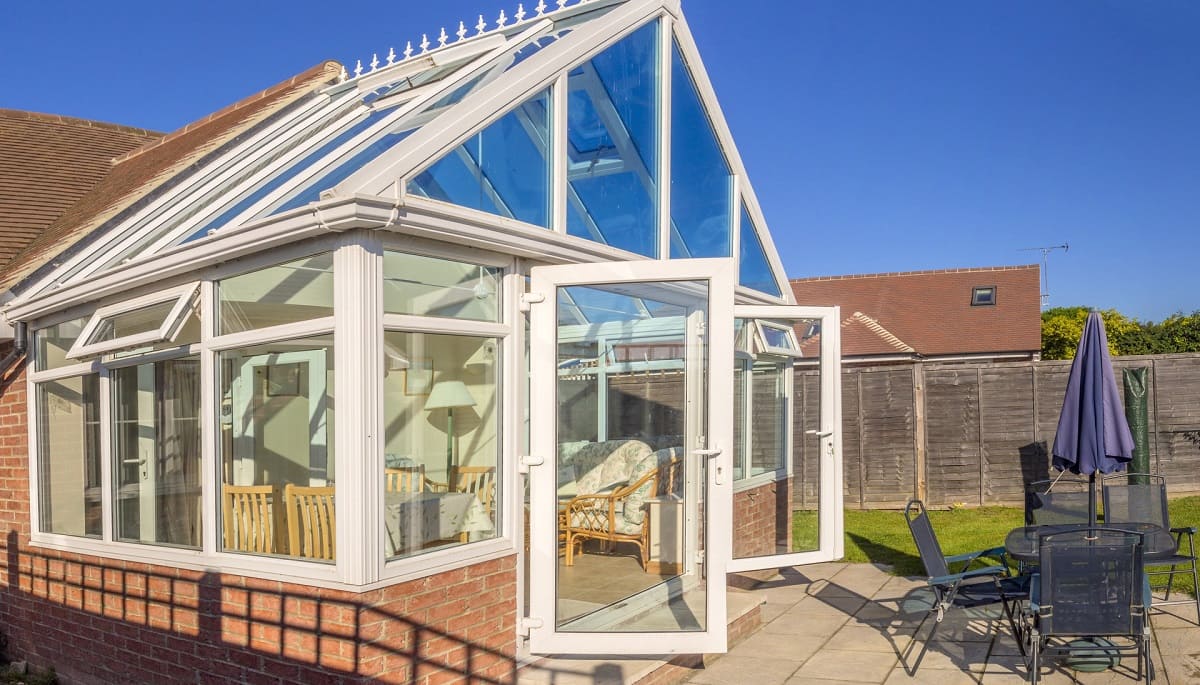

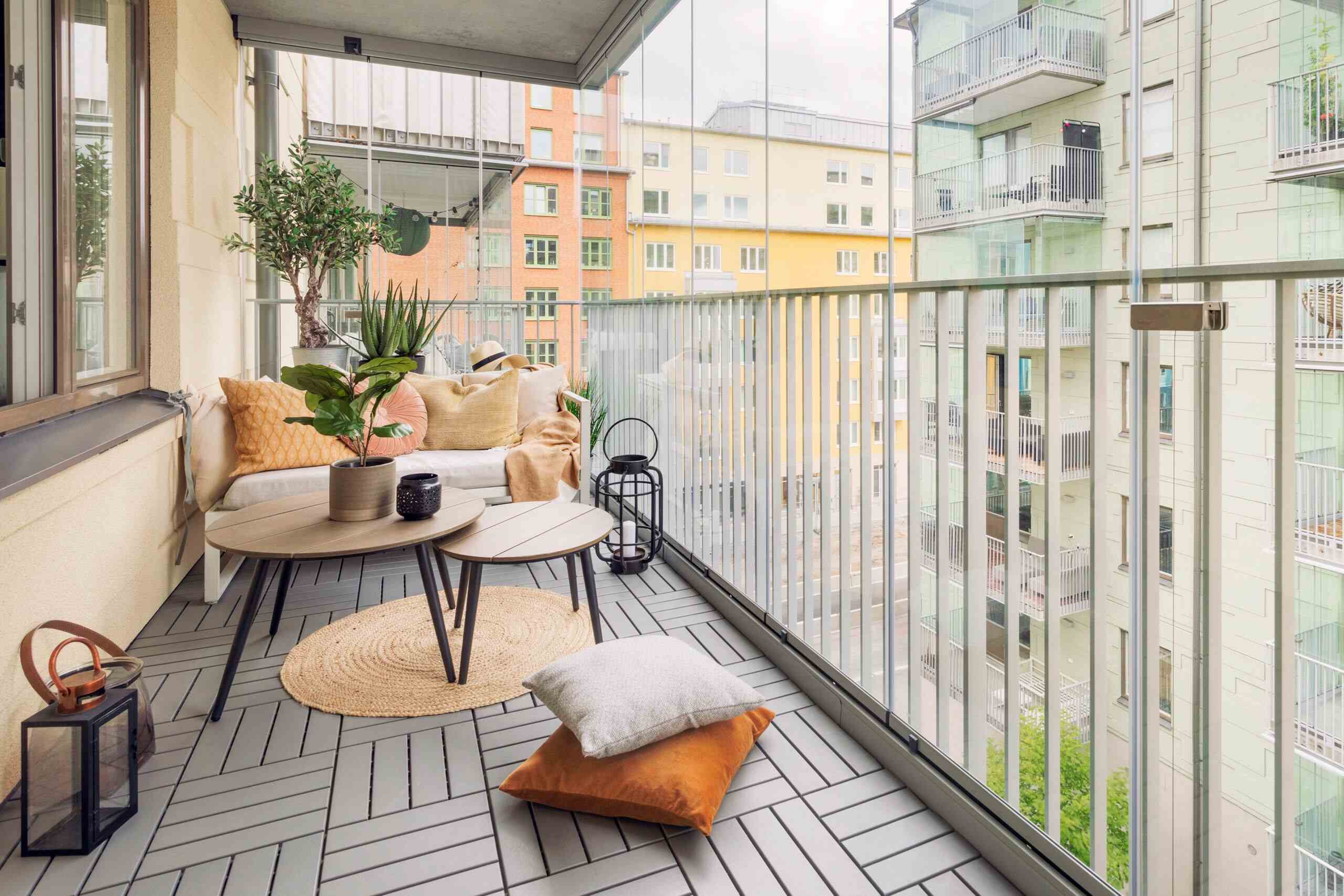
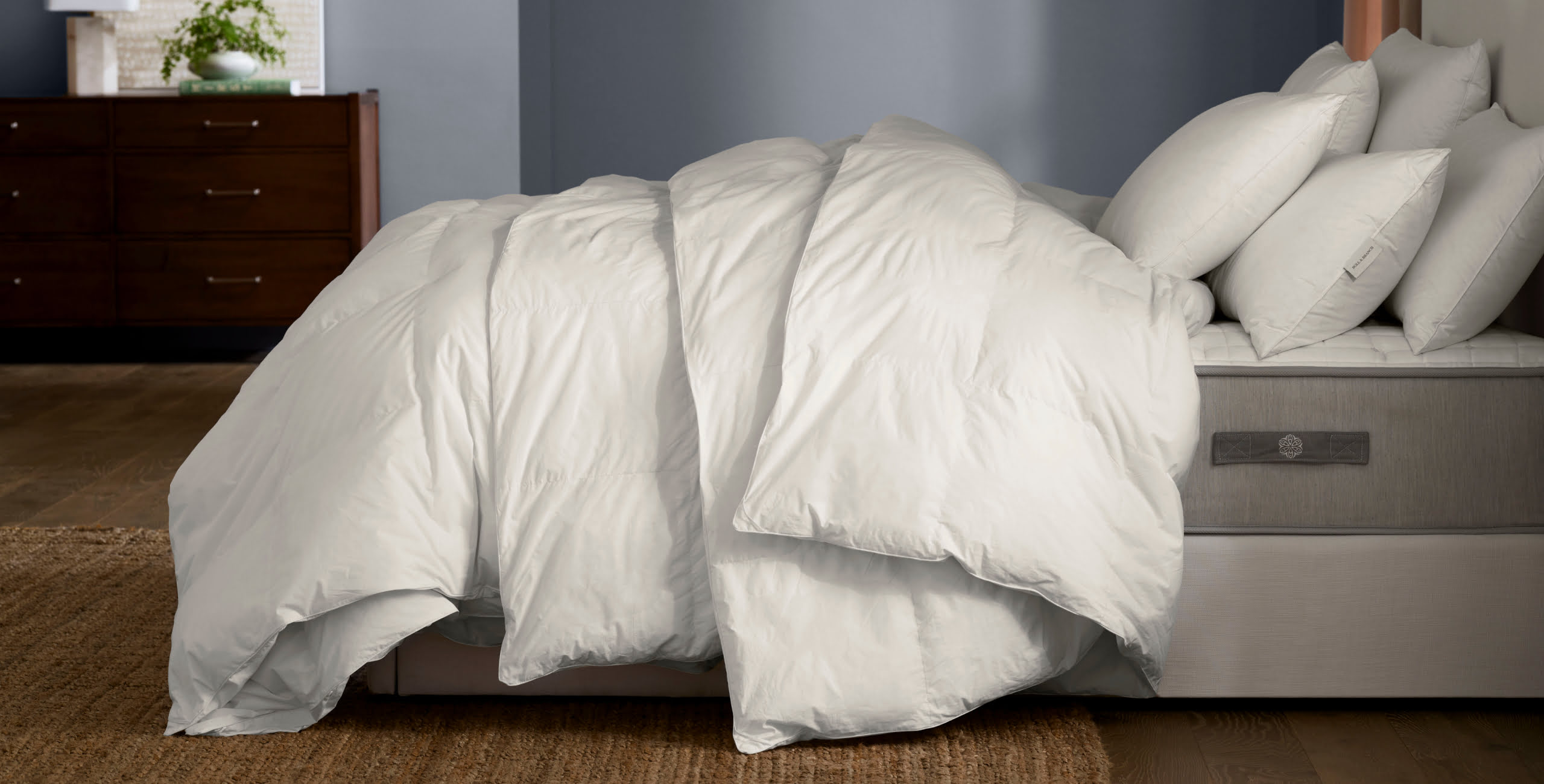


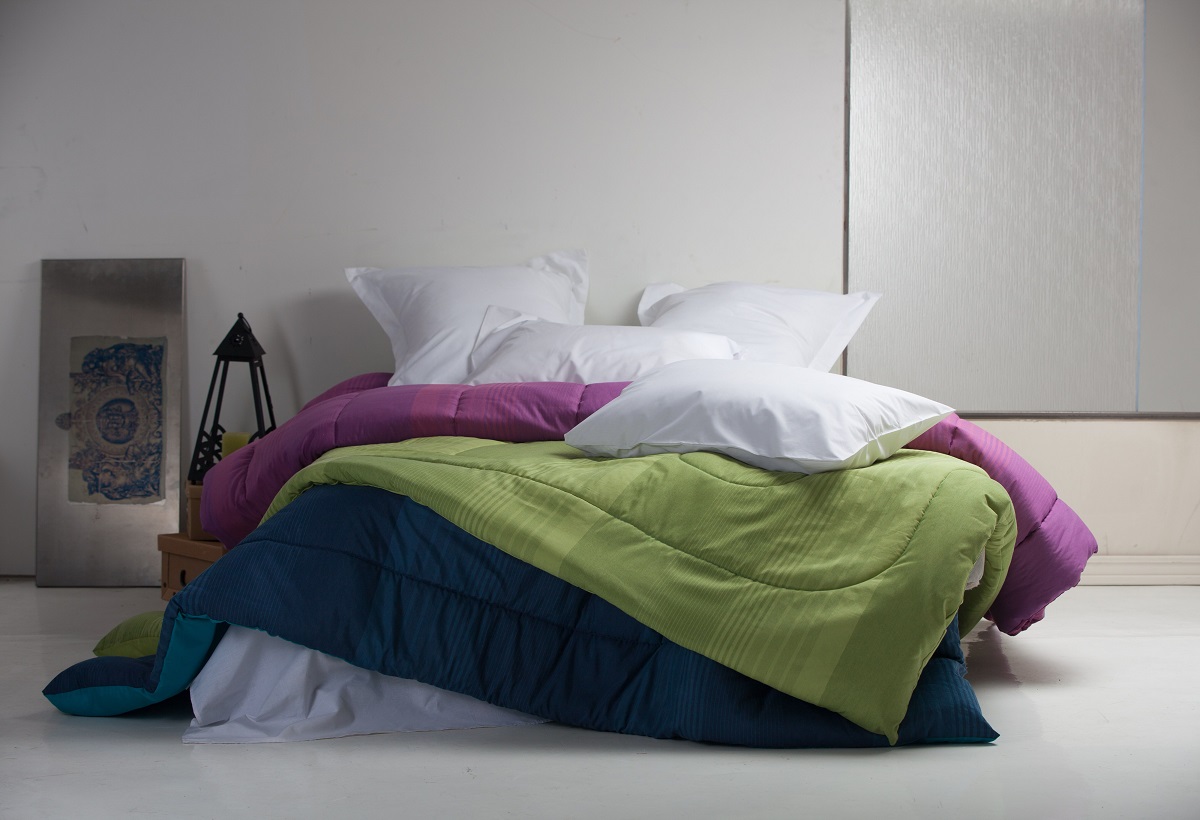
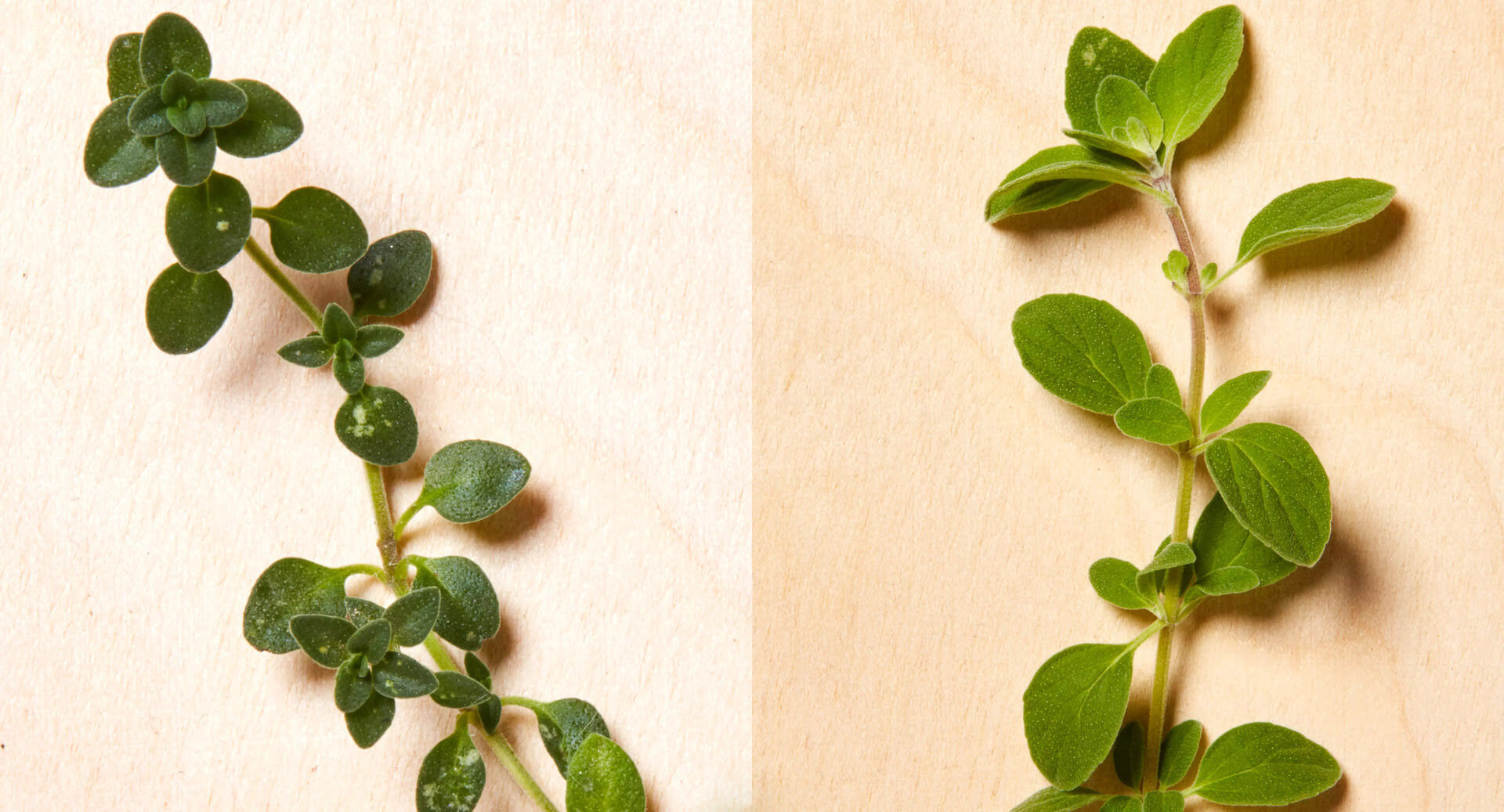
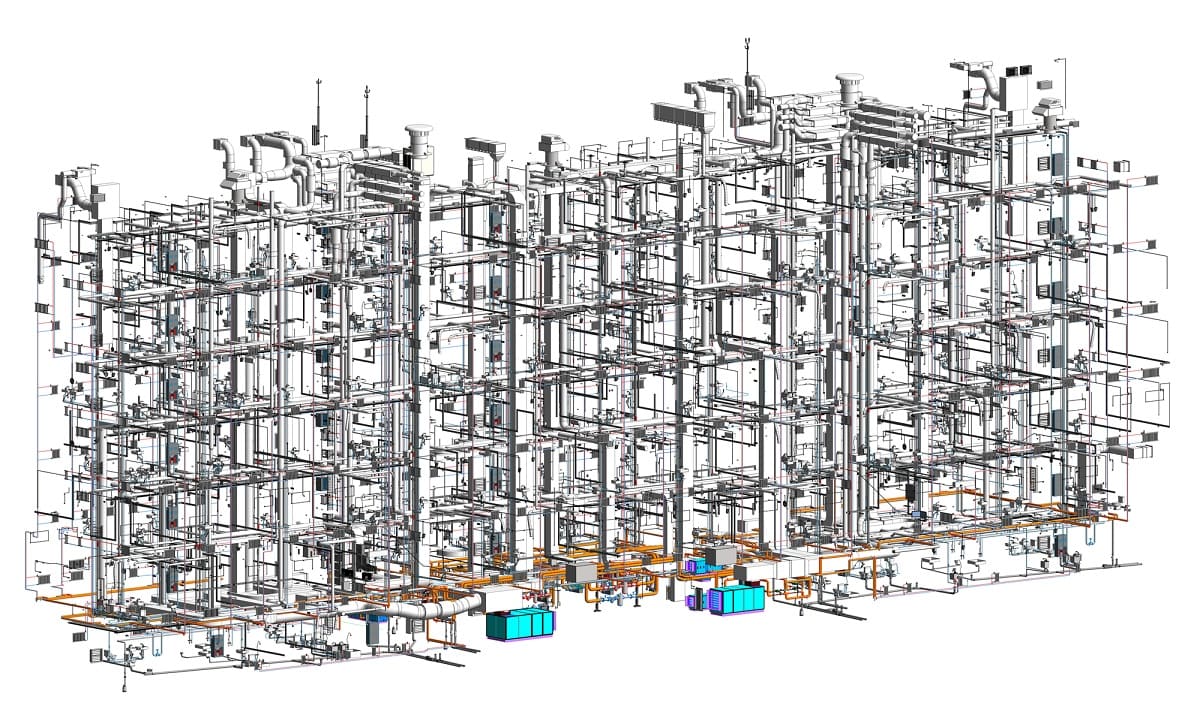

0 thoughts on “What Is The Difference Between A Pergola And A Trellis?”